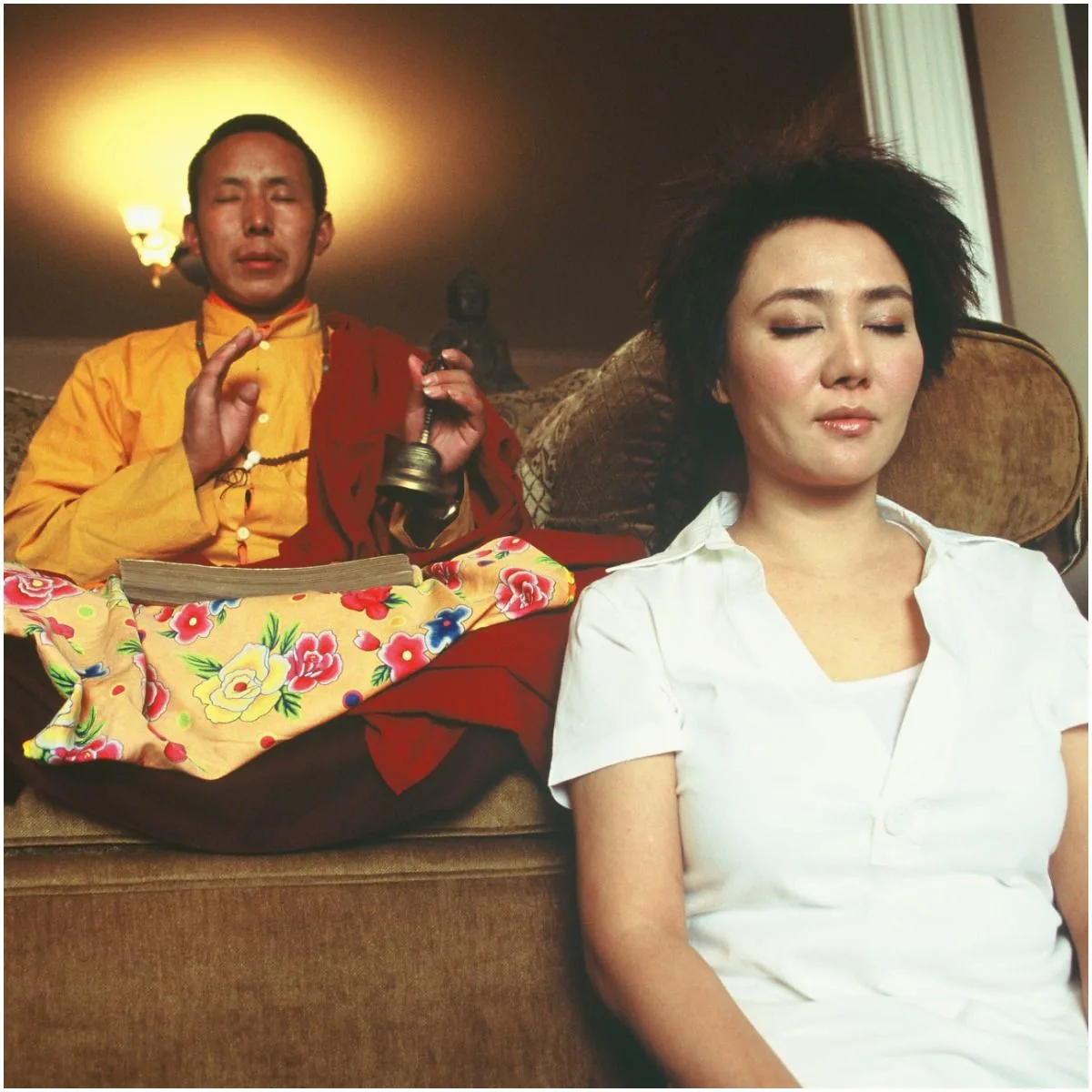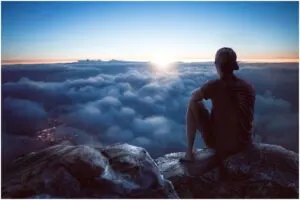What Is Tibetan Dream Yoga?
Tibetan Dream Yoga is a complex practice that belongs to Tantra, the esoteric tradition of Buddhism.
It must be performed at the right time, respecting the preparation and proper mental state. Tibetan Dream Yoga is one of six subtypes of yoga elaborated by the Tibetan guru Marpa and passed down to his well-known disciple, Milarepa.
If we try to practice this type of yoga prematurely, we won’t benefit from it and we won’t be able to properly carry it out anyway.
In order to enrich our knowledge regarding this issue, we can look into the book of – The Tibetan Yogas Of Dream And Sleep; it explains various aspects of this practice and offers great insights regarding this matter.
READ MORE: 11 Restorative Yoga Poses For Lower Back Pain
The Objective of Tibetan Dream Yoga

@Getty
The objective of Tibetan Dream Yoga practice is to perceive the waking stage like a dream state. Therefore, it is necessary to integrate the dream into meditation. This requires understanding and prior control of what happens during the dreams.
On this line, we should get familiar with this state, then regard the waking stage as the dream. However, if we are on the move, walking or driving, imagining that it is a dream, it may entail some problems.
In general, our dreams are cloudy, hardly ever clear: this way of perceiving things represents an obstacle.
In the human body, the subtle energy center and the dream state’s consciousness lies in the neck.
READ MORE: Dream Exit Induced Lucid Dreams
Chakras and Lucid Dreaming
Specific practices, which consist of penetrating this level, allow us to increase our focus in this area, and the clarity that we need in order to perceive this state better.
The body has several energy centers: for instance, in the one of the head, the consciousness’ energies flow in the waking stage; in the heart’s center – there are the energies belonging to the consciousness of the deep sleep of death.
Whether it is in a waking stage or in sleep mode, one of the important tasks of consciousness is to build a model of the surrounding world we experience.
In the waking stage, this model is based on sensory data, the best source of information on the environment.
To the extent that this model helps us survive, the construction of the world requires consideration of our current needs, emotions, and goals.
READ MORE: Oneironaut Definition – The Art of Lucid Dreaming
Due to the fact that during sleep we only have access to very little sensory information on the environment, our representation of the world is built upon our motivations and expectations on what is “susceptible” to occur, and the amassed information from previous experiences.
Therefore, what occurs in dreams, whether lucid or not, is largely determined by our expectations.
In ordinary dreams, we are limited by our assumptions on the possible things from our past experiences in the material world. Instead, lucid dreamers know that in the dream the law of gravity is not valid, so nothing prevents them from flying, and they really do fly with great pleasure.
“Take this very moment and treat it as if you just realized that you were dreaming. See what happens.” – Unknown quote.
Image credit – Shutterstock & Getty
READ THIS NEXT: Lotus Flower in Buddhism
- About the Author
- Latest Posts
As a founder and chief author at InsightState.com, Bulgarea Candin helps readers on their spiritual journeys. His writings are designed to inspire creativity and personal growth, guiding readers on their journey to a more fulfilled and enlightened life.


